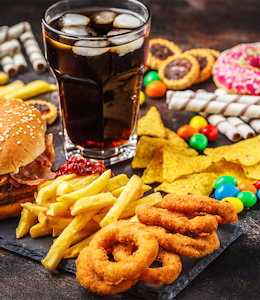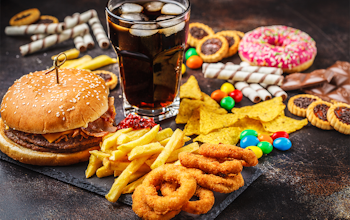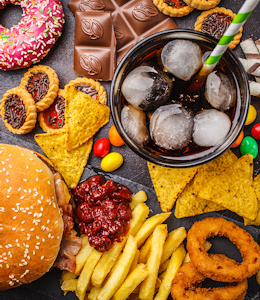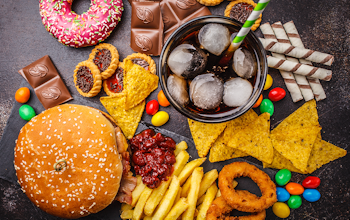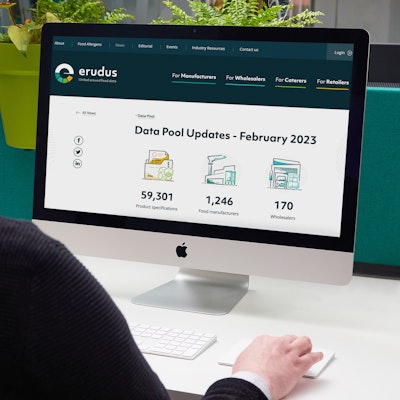What if your food products are healthier than you think?
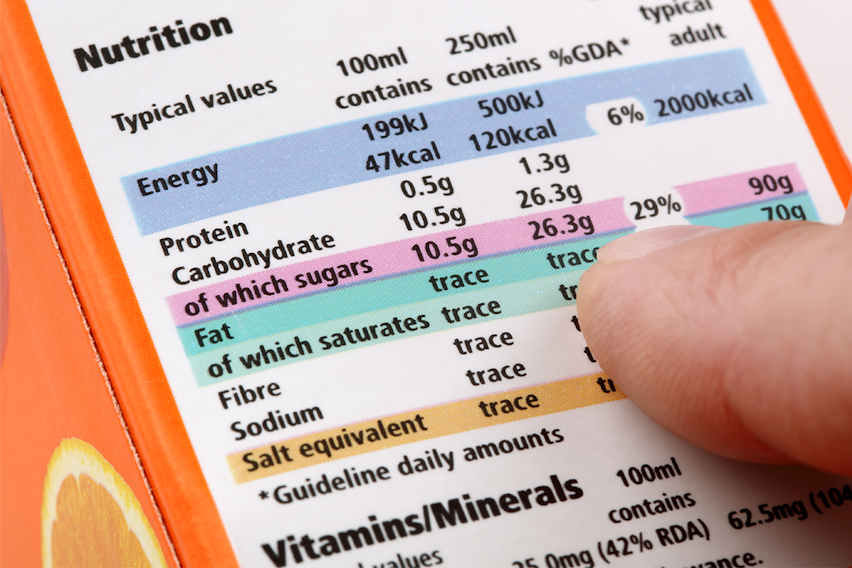
With the introduction of HFSS legislation and an ever-increasing spotlight on healthier lifestyles, the revelation of a product being healthier than you think would be welcome news to just about any Manufacturer. And it’s actually more likely than you might expect...
Whilst performing some of our sense checks on products within the Erudus Data Pool, we discovered several anomalies that suggested some products were under-selling themselves in the nutrition stakes. So we decided to investigate.
We perform thousands of checks on the products entering the Eurdus Data Pool, from nutritional checks such as the parts can’t total more than the sum for fats, through to more complicated data validations where we would search for allergen ingredients in E numbers.
Many of these checks are automated within the Erudus system, and some are manual - done painstakingly by our in-house Erudus Technical Team. It was during a review of data by our Technical Team that we discovered the potential anomalies around nutrition. Here’s what happened next...
What Erudus did...
Using the data points available within the Erudus Data Pool, we conducted an approximate check of products where the sum of Carbohydrates, Fat, Protein and Fibre exceeded 105g.
Why did we choose to focus on those products where the sum was above 105g?
Well, when combining the sum of “proximate components” (protein, fat, fibre, carbohydrate, moisture, ash and alcohol), it would usually be expected that the total would not exceed the maximum of 100g.
However, in practice there can be cases where the totality of these components may not necessarily equal exactly 100. For instance, when components are analysed individually, methodological variation and rounding may result in a value outside of exactly 100 (g).
For this reason, we opted to use the slightly higher 105g as our base marker, and those Manufacturers with specifications where these nutrition points exceeded 105g were contacted by the Erudus Technical Team to go through how they arrived at their nutrition information.
We also conducted sense checks, using the data points we have available against the conversion factors detailed in ANNEX XIV of FIC (Food Information to Consumers), and between kilocalories (kcal) and Kilojoules (kJ).
This entailed making sure that the kJ and kcal weren’t different from what they are expected to be - 1 kcal is approximately equivalent to 4.2kJ, so if either of these numbers fell outside of this calculation by a significant amount - for example if the kcal was 10 but kJ was 1700, we contacted the supplier to let them know.
“Kilojoules (kJ) are the equivalent of kilocalories within the International System of Units... 4.2kJ is equivalent to approximately 1kcal.” You can find more information on this from the NHS here.
Any specifications in the Erudus Data Pool that flagged nutritional information under or over these approximate conversion factors (proportionally) were also given further review and their Manufacturer contacted to progress the investigation.
What we noticed about the accuracy of nutritional information
Our main takeaway was that issues regarding nutritional information accuracy are most likely to arise when the information is calculated from a data source.
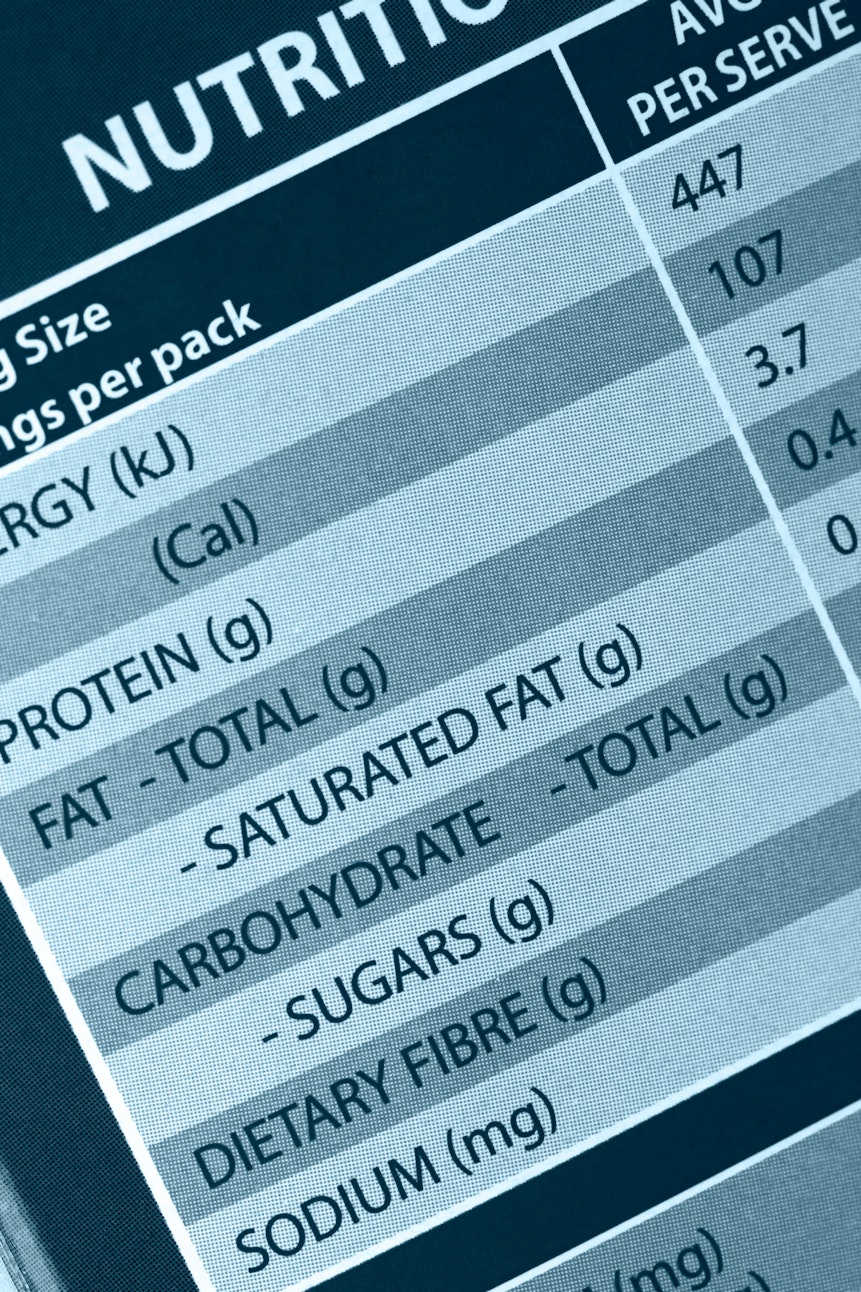
At a more granular level we also discovered the following:
- Accepted, and even trusted data sources sometimes have gaps in the data, or missing information e.g. many herbs and spices missing from McCance & Widdowson’s The Composition of Food - leading to it being substituted to an alternative source.
- When specific data sets are used to generate nutrition information, the carbohydrate figure sometimes includes fibre. Since fibre can also be voluntarily declared separately, fibre was sometimes being accounted for twice (namely within the carbohydrate figure, and then separately as ‘fibre’).
- Sometimes information errors occur further back in the supply chain - there was occasional incorrect information on raw material supplier specifications, or Manufacturers using the raw material specification to calculate from as verbatim.
- Careless typos such as 6.3 being entered as 63 leads to big errors.
Why should I care about having accurate nutritional information? Everyone, at every stage of the supply chain, should care about nutritional information being accurate - it is the best interest of consumers.
How our users can use our findings to help themselves
We suggest that when calculating nutritional information Manufacturers take the following into consideration:
Make sure fibre has not been included twice - different territories have different requirements when it comes to nutrition labelling, with some including fibre in the “total carbohydrates” and others keeping it separate. So make sure that any of your nutritional labelling is in line with the requirements of the territory in which the product will be sold - converting if necessary. For anyone UK-based who prefers to use a trusted dataset to calculate the nutritional information we suggest using McCance & Widdowson’s The Composition of Foods.
Check the raw material specification nutrition - If you’ve calculated the nutrition information for your product and it looks off, it’s worth reviewing the raw material specifications to ensure it is correct - sometimes the mistakes happen further up the supply chain.
Finally, double check for typos - ensure all numbers and decimal points are correct and in the right place.
From a Manufacturer’s perspective, proving that your nutritional information is consistently accurate will cement your status as a brand with integrity and credibility - a business that can be trusted and relied upon.
And there can be many benefits reaped by checking the accuracy of your products and finding that they are actually healthier or contain fewer calories than you thought.
These include:
- Compliance with HFSS (High in Fat, Salt and Sugar) legislation
- A healthier product can be seen less as an occasional treat and more as a dietary staple, potentially boosting sales volume
- The product may now be attractive to areas of the market it wasn’t before - for example less salt than originally thought may now appeal to those who monitor their sodium intake
- The ability to participate in the growing demand and focus on healthier food options
Ultimately, when you make sure your nutritional information is accurate, you are putting consumers first - giving them the correct facts about the food they are eating - something particularly important in today’s landscape of people wanting to know everything about the products they choose. All the other benefits are simply a welcome bonus!
You may also be interested in…
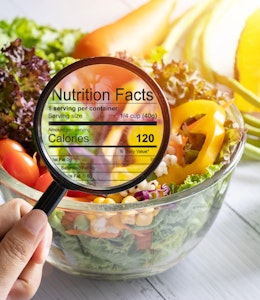
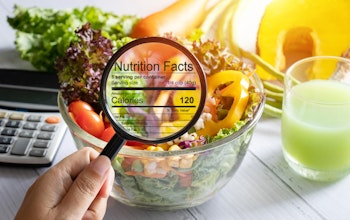
You may also be interested in…
